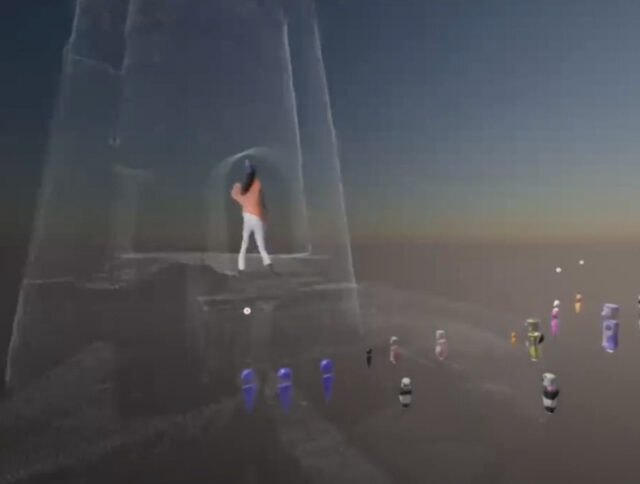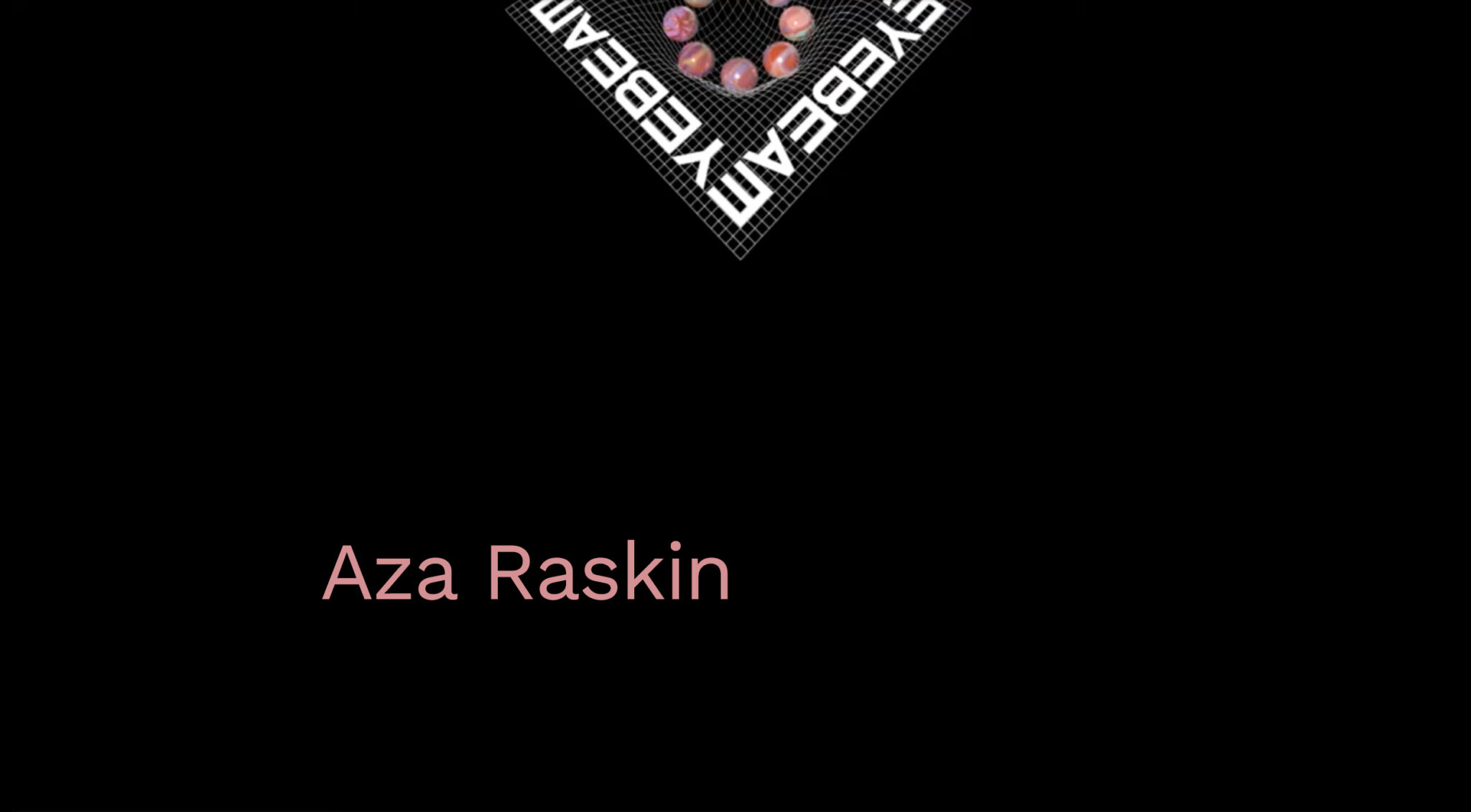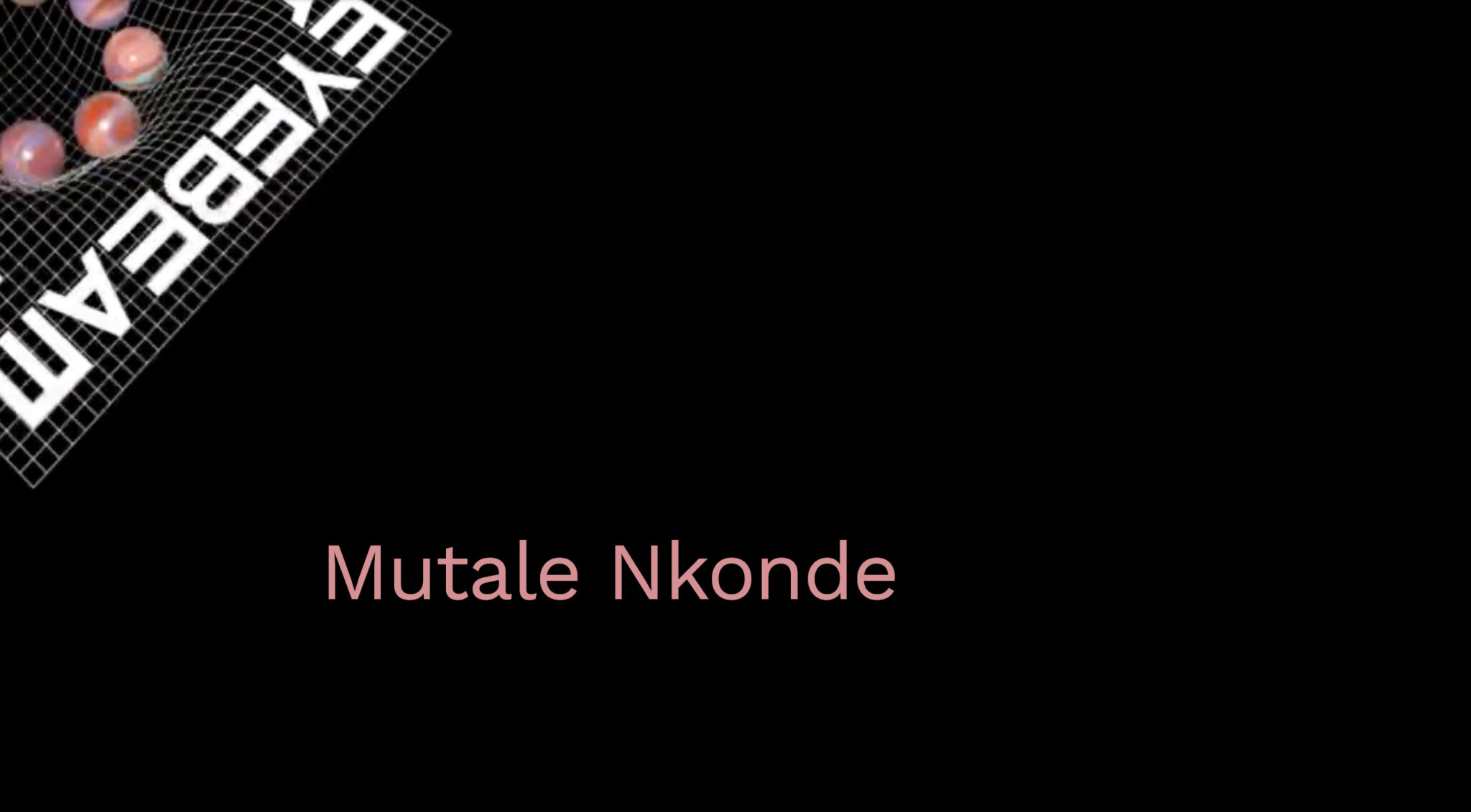Rapid Response Program Video Reel
Artists reclaim virtual space from surveillance capitalism.
Launched in response to the onset of the Covid-19 crisis, Rapid Response became Eyebeam’s inaugural fully-digital artist fellowship. Marking the beginning of a new kind of artist support at Eyebeam, the 9-month program supported 30 artists and collectives from across the globe with robust financial and professional support to first imagine and then take tangible steps toward building a better digital future.
The Rapid Response Storythe-rapid-response-story
In March 2020, the novel Coronavirus began its assault on communities across the nation. Forced to close its physical Bushwick offices, Eyebeam swiftly moved its programs online, including its annual Residency. As a result, we found ourselves needing to interrogate and reimagine what it meant to run an artist residency and public program when social interaction was prohibited. This was underscored by the swift shutdown of public services, widespread financial insecurity, politicization of public health recommendations, and a history-making outcry of protests across the world against racial violence imparted on Black people in America. We immediately engaged in conversations with our community, asking them, What do artists need right now? We consistently received the same feedback: Artists urgently need financial resources and a dedicated space for imagination and experimentation.
In collaboration with trusted advisors Eyebeam swiftly put forward an open call for Rapid Response for a Better Digital Future (RR). The selected awardees formed an active cohort of practitioners who were in regular communication, received expert consultation, and engaged in skill-sharing and group critiques — all facilitated online by Eyebeam.
When Phase I ended in October 2020, Eyebeam moved onto Phase II. For this portion of the fellowship, Eyebeam selected eight artists from the original cohort to receive an additional award of up to $25,000 each and deeper support with project management, critical feedback, and public visibility. At the end of both phases, Eyebeam hosted virtual public events that were free and open to the public that showcased the fellows’ projects and made space for dialogue.
Advisors
Prof. Ute Meta Bauer
Founding Director, NTU Centre for Contemporary Art Singapore
Suhaly Bautista-Carolina
Senior Managing Educator, Audience Development and Engagement at The Metropolitan Museum of Art
Stephanie Dinkins
Artist
Brian Droitcour
Associate Editor, Art In America
Kathleen Forde
Senior Curator, PaceX
Jerron Herman
Disabled Artist
Ladi’Sasha Jones
Artist Engagement Manager, The Laundromat Project
Nora N. Khan
Writer
Prem Krishnamurthy
Partner and Director, Wkshps
Joanne McNeil
Writer
Luc Meier
Director, La Becque
Hito Steyerl
Artist
American Artist
Artist
Tara Aisha Willis
Associate Curator of Performance & Public Practice, Museum of Contemporary Art Chicago
Luke DuBois
Co-Director / Associate Professor of Integrated Digital Media, NYU, Eyebeam Board
Lauren Ruffin
Co-Founder, Crux & co-CEO and Chief External
Relations Officer, Fractured Atlas
Matt Corwine
Microsoft Research
Brittni Collins
Public Art Manager, Times Square Arts
Phase Iphase-i
Meet the Rapid Response cohort of artists who worked re-tooling technology to circumvent surveillance capitalism for social change.
In Phase I, Eyebeam supported thirty fellows in researching and creating prototypes of their initial proposed concepts, which were selected by a jury for their potential to shape a more humane digital future. Artists participated in group critiques featuring invited guests including Amelia Winger-Bearskin (MIT, Stanford) and Mohammed Salemi, intimate workshops led by field leaders such as Kamal Sinclair (Guild of Future Architects) and nash sheard (Electronic Frontier Foundation), all while receiving in-depth project management support from Eyebeam.
Phase I Artists
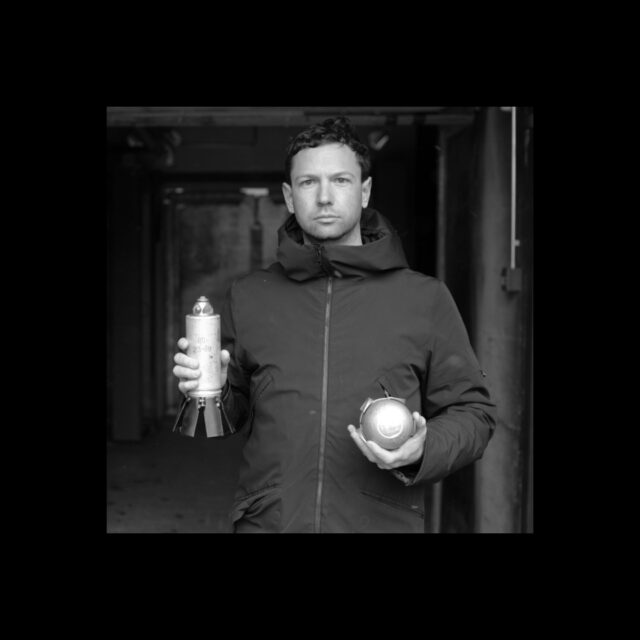
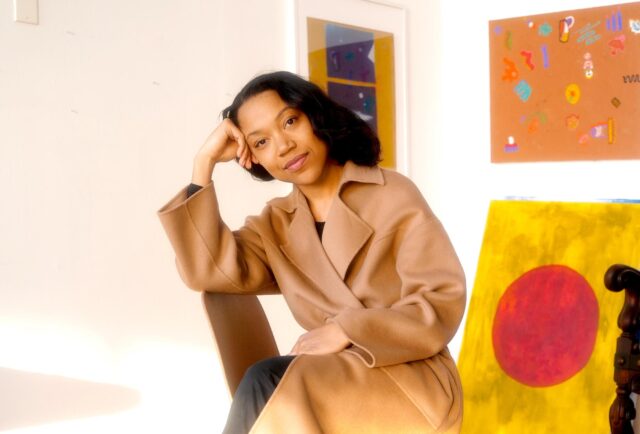
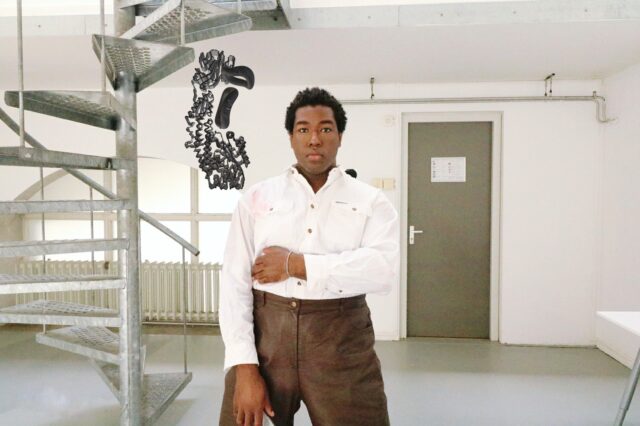
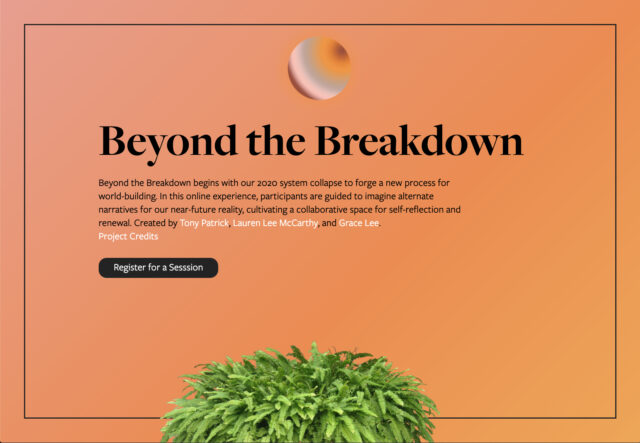
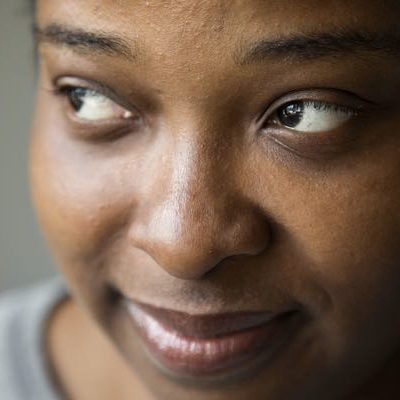
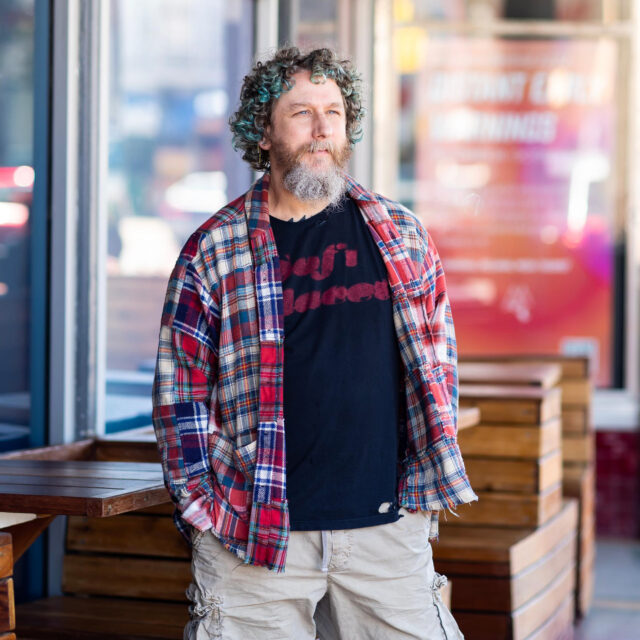

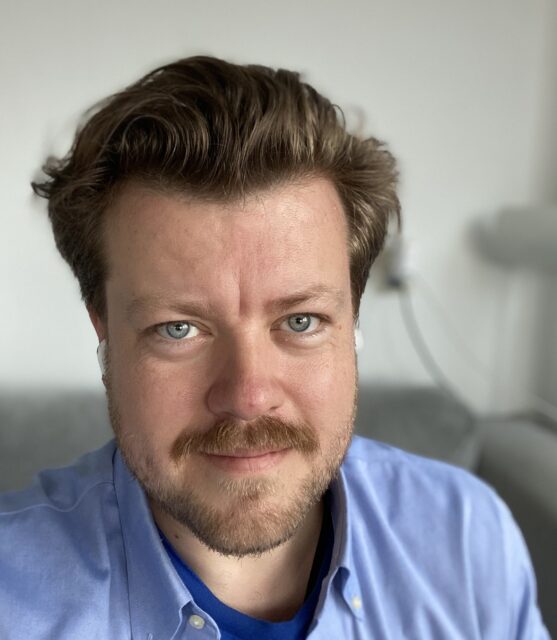
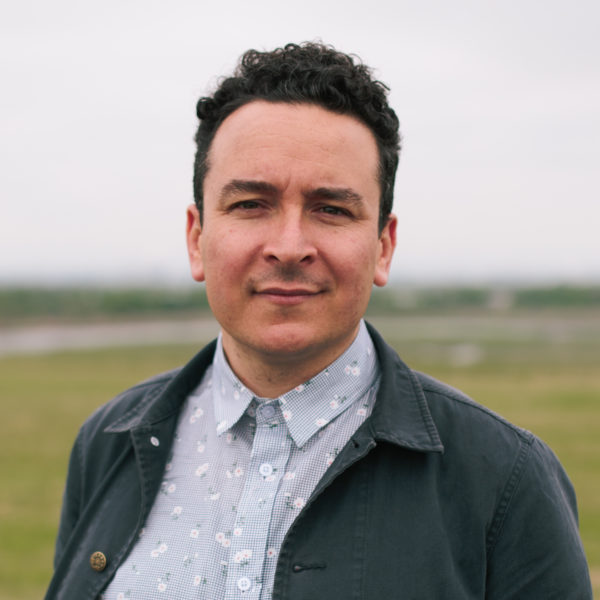
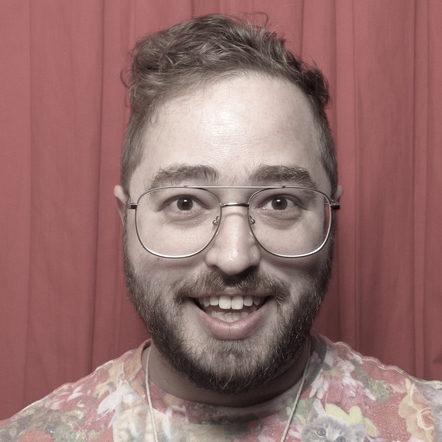
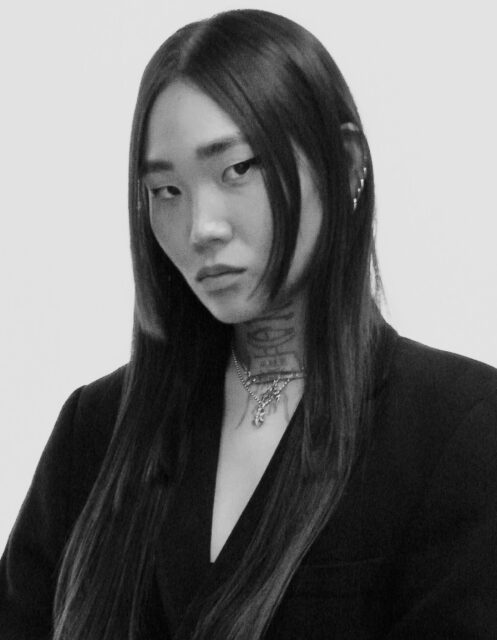
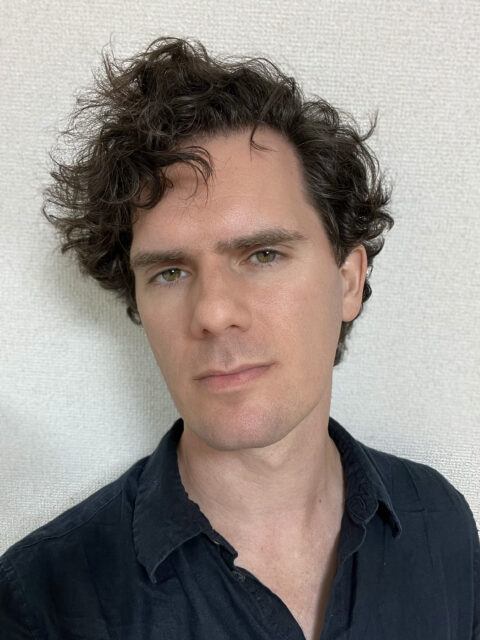
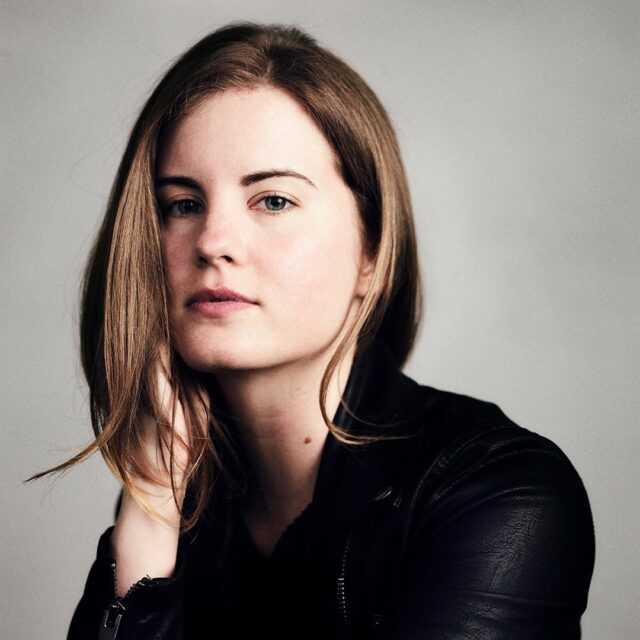
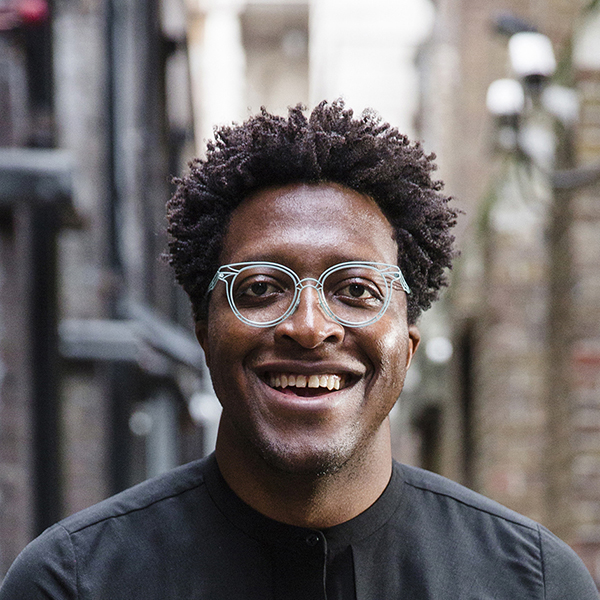
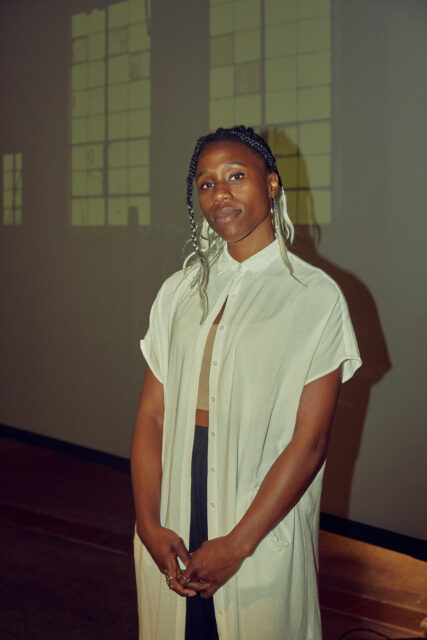
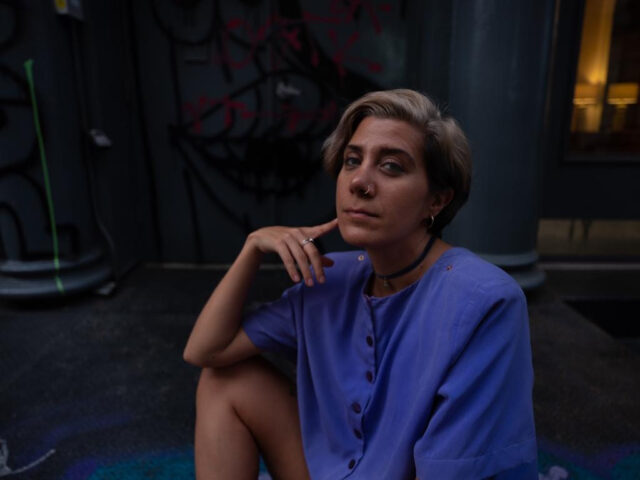

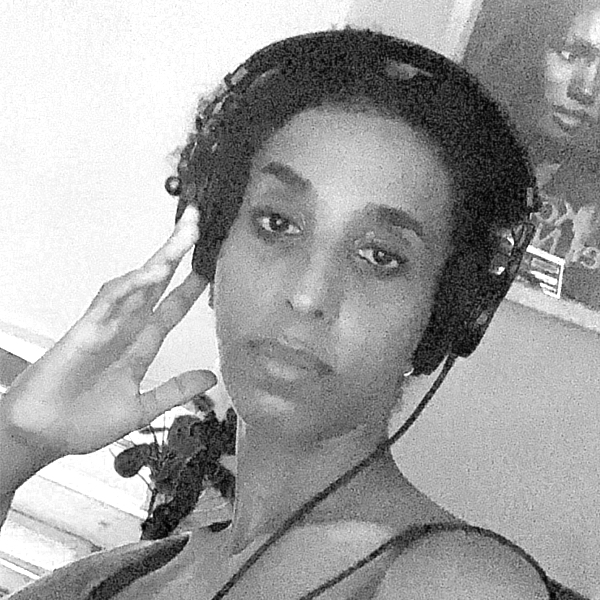

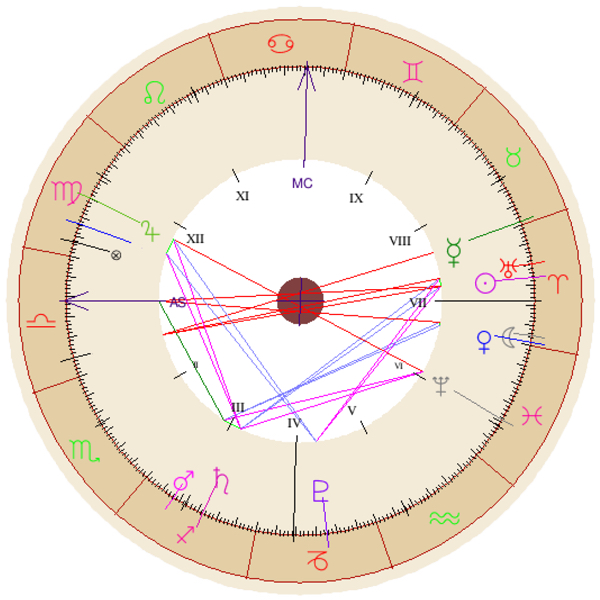
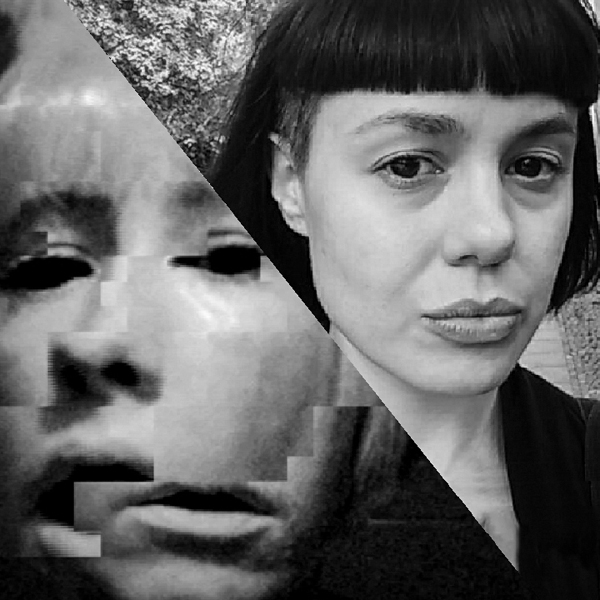
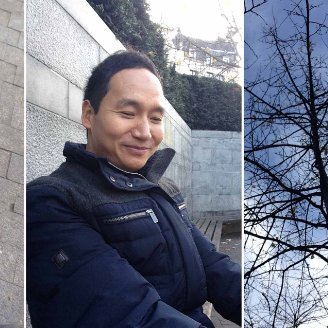
Phase IIphase-ii
Beginning in October 2020, Eyebeam segued into Phase II and invited eight artists/artist collectives from the original cohort based on their prototypes’ actionability to create real-world impact. The Phase II cohort was supported with additional funding, individualized professional development and mentorship, project documentation, and public visibility in support of fully realizing their projects. An essential aspect of the fellowship was to share the brilliant work of the artists within our community and beyond. At the culmination of the fellowship, the Phase II cohort were given the opportunity to launch their projects at Eyebeam’s From the Rupture multi-day festival to a global virtual audience of 2,000 while in conversation with field leaders such as Sasha Costanza-Chock (MIT), Aza Raskin (Center For Humane Technology), and Vincent Southerland (Bail Project).
Phase II Artists
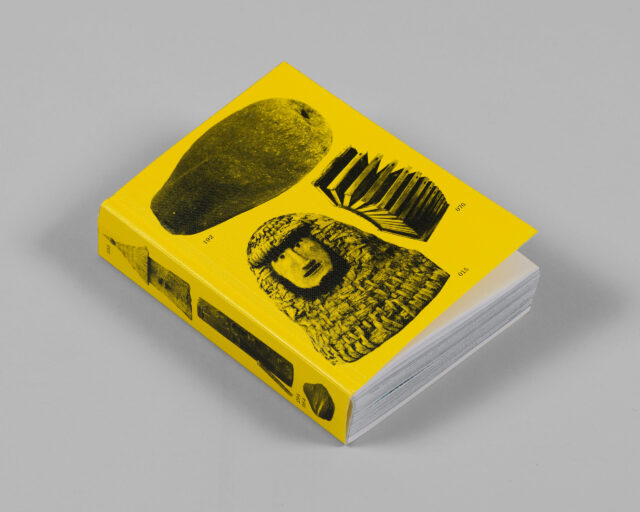

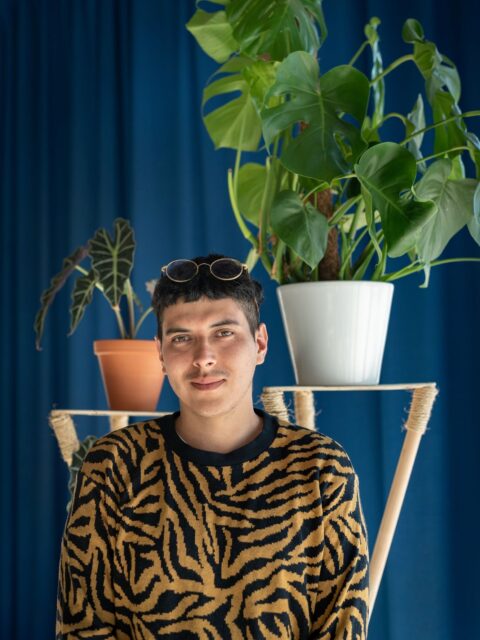
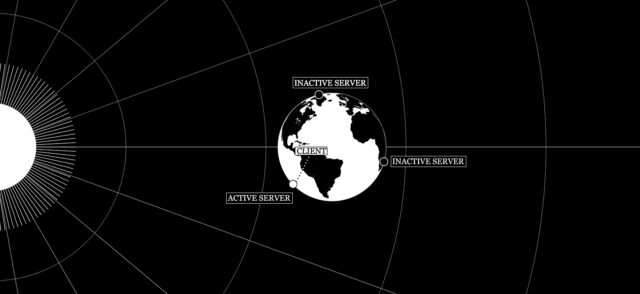
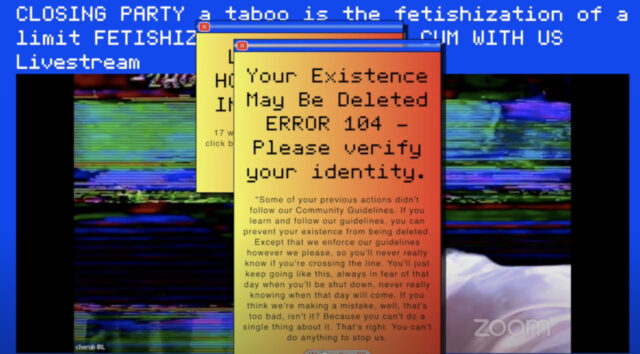
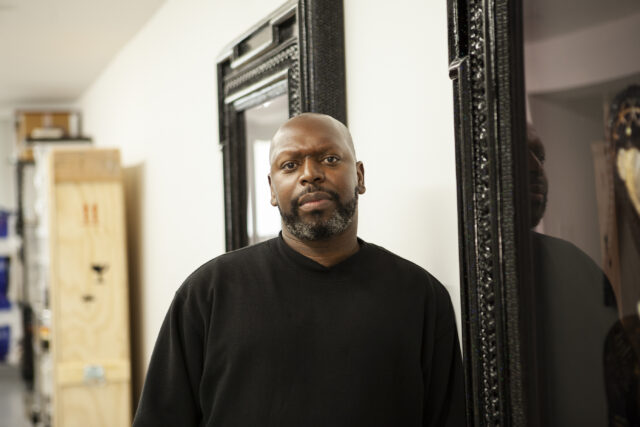
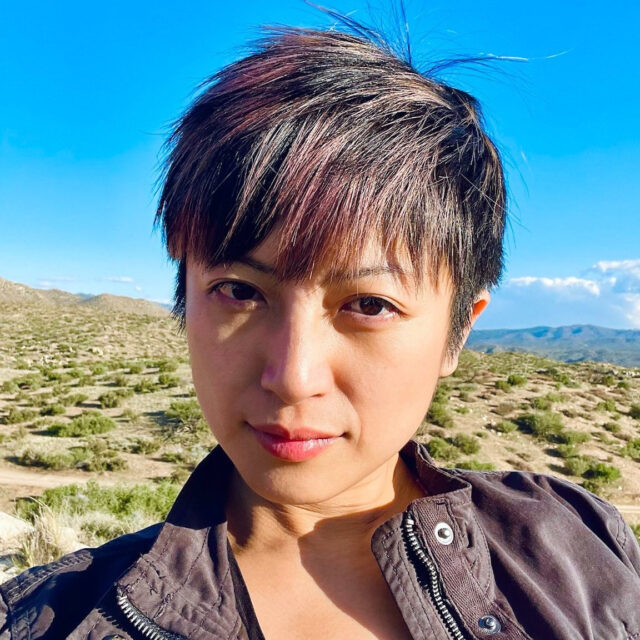
Public Activation: What Comes Next: Artist Interventions in Technology, Rapid Response Phase I (October 5th–10th, 2020)publication-activation-phase-i
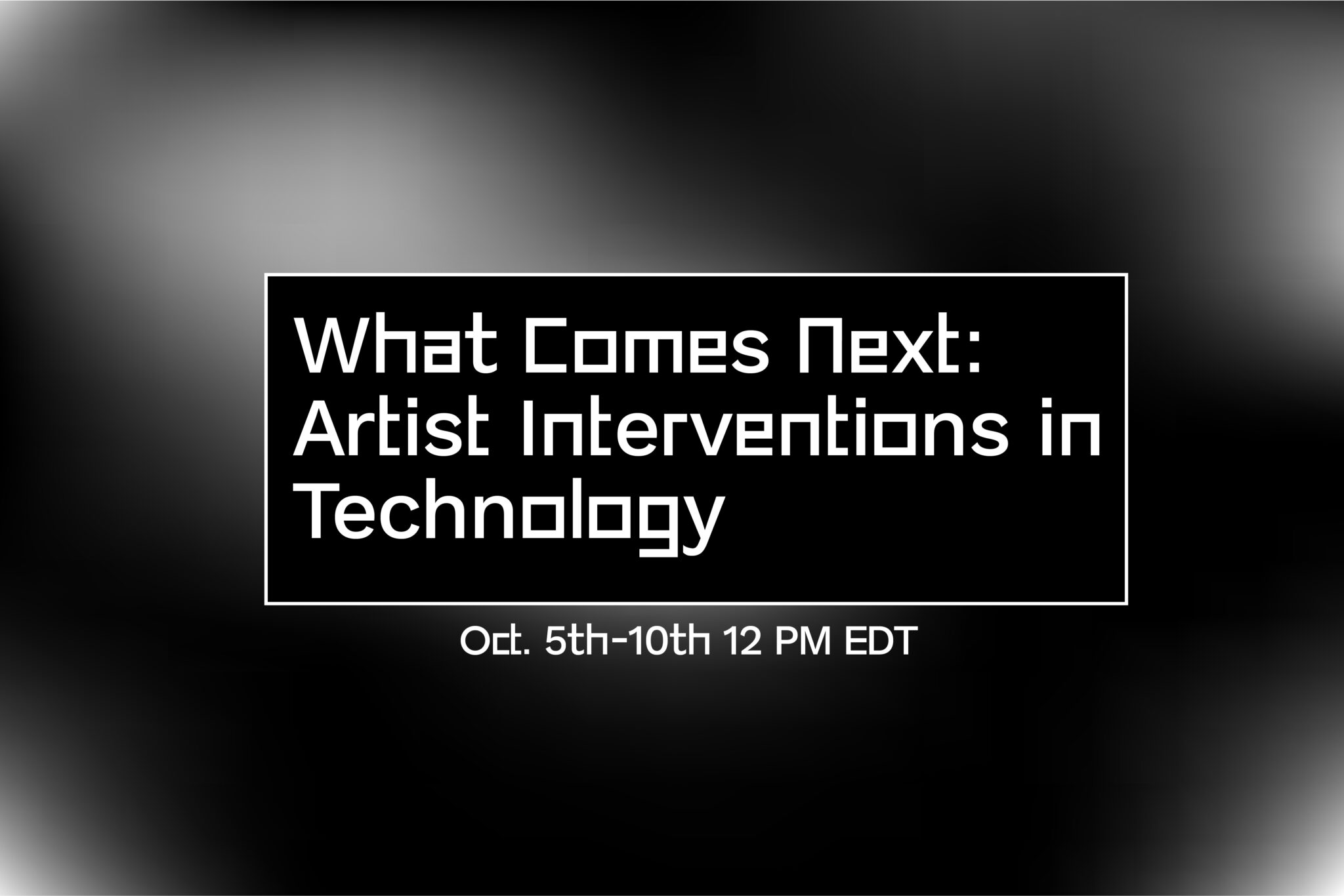

Phase I artists hailing from nearly every continent, present their projects to build a more humane future during this dynamic weeklong showcase held in October.
Meet the artists making access to digital tools, their functionalities, and community care more equitable.
From providing computer vision tools for human rights researchers and investigative journalists to digital, insurrectionary, mutual aid, community financing, these artists are engaging and fortifying democracy.
Highlights
Public Activation: From the Rupture, Rapid Response Phase IIpublic-activation-phase-ii
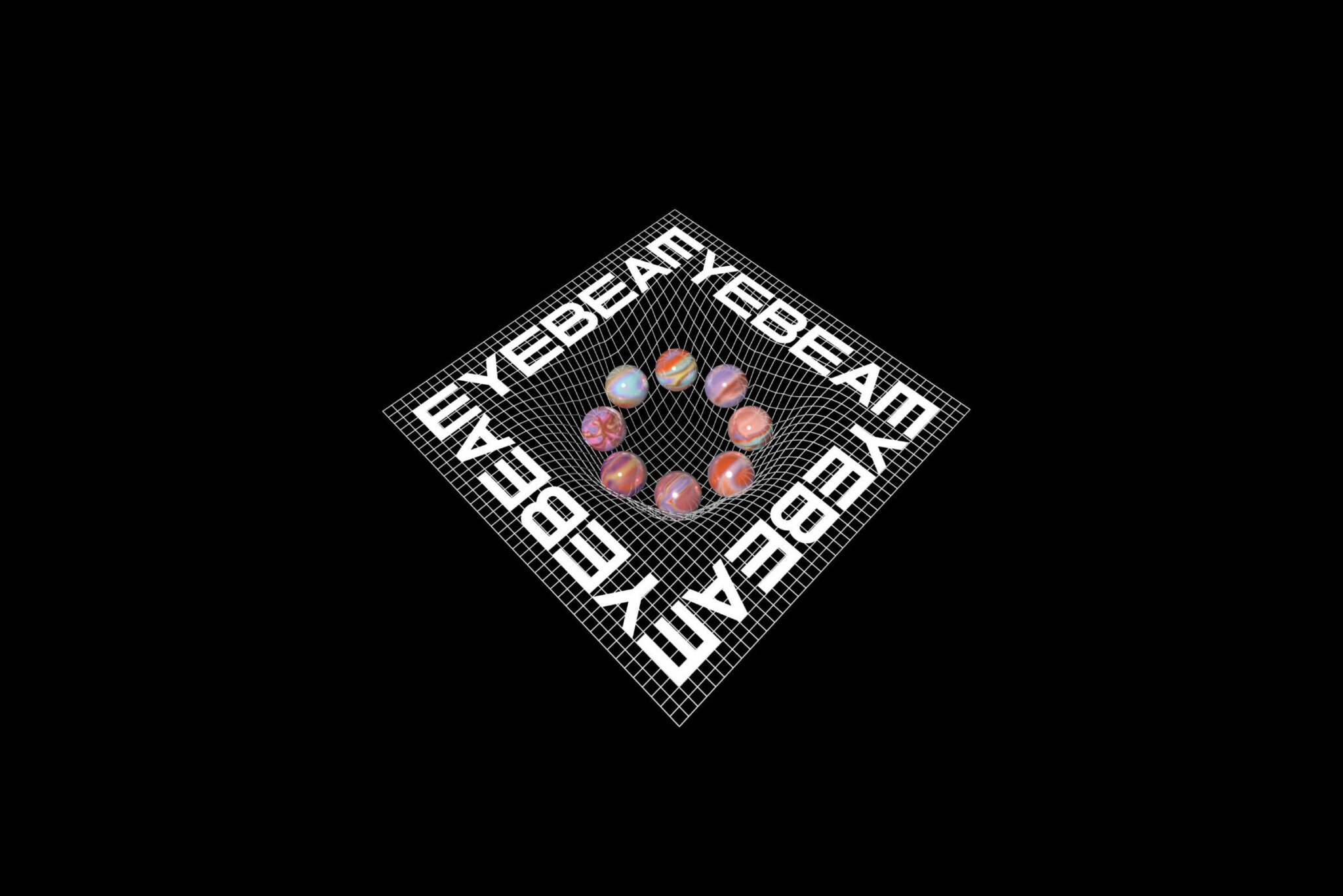

During our four day festival, From the Rupture, Eyebeam unveiled the eight ambitious projects designed and launched by Phase II Rapid Response fellows, including Aladin Borioli (Apian), Dillon Sung in Collaboration with the Stop LAPD Spying Coalition*, Juan Pablo García Sossa (JPGS)*, Solar Protocol (Tega Brain, Alex Nathanson, and Benedetta Piantella), Valencia James (Volumetric Performance Toolbox), Veil Machine in collaboration with Kink Out (Empress Wu, Cléo Ouyang, and Thea Luce), and Xin Xin.
Eyebeam welcomed over 2,000 audience members from across the globe to engage in timely inquiries and tactics from field leaders on topics ranging from consensual coding to Black mental therapy apps. The entire program has been archived and can be accessed on a specially-designed digital platform that is still active and available for the public to visit, explore, and watch an array of radical practitioners who span the fields of public policy, journalism, healthcare, and more, as they untangle important questions addressing society’s relationship to emerging technology.
Explore the From the Rupture Universe here.
Festival Highlights
Supporterssupporters
Rapid Response for a Better Digital Future has been generously made possible by funding from the Andrew W. Mellon Foundation, Ford Foundation, Henry Luce Foundation, and Jerome Foundation.
Eyebeam is grateful for the long-standing visionary support of the Atlantic Foundation and the New York Council on the Arts. We are pleased to also acknowledge the support of the Beatrice Snyder Foundation and The O’Grady Foundation. Thank you to all our donors who believe in our work.
